The word ‘panorama’ is a combination of the Greek words ‘pan’ and ‘horama’ meaning ‘all-embracing view’. It was introduced in 1791 for a recently invented art and exhibition form. Since then it has been used in a wide context.

Section of a nineteenth century panorama
A panorama can be called a ‘Gesamtkunstwerk’ combining architecture, painting and stage design elements. Visitors enter through a dark corridor and climb up a dimly lit staircase. Having arrived at an elevated platform they find themselves surrounded by the panoramic representation which is indirectly illuminated by daylight from above.
In order to exhibit a panorama a rotunda needs to be erected in which a huge cylindrically shaped painting can be hung. From the elevated standpoint in the centre a three-dimensional foreground reaches to the painting and leads the eye right into the representation. In a panorama the spectator is ‘in the picture’. He or she is an integral part of the panorama’s ‘performance’, similar to the role of the audience in a theatre.
